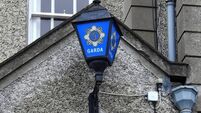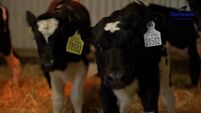Seeking eagle eyes for kestral survey
Twenty years ago they were fairly common in the countryside around my home but, when I thought about it, I hadn’t seen one for some time.
These little falcons are a hard bird to overlook. Their habit of hovering 20 or 30 metres above ground level when they’re searching for prey is quite distinctive, no other Irish bird does this and it makes them very obvious. Their eyes can see into the ultra-violet end of the spectrum which allows them to track prey from a height by spotting trails of glistening urine.














